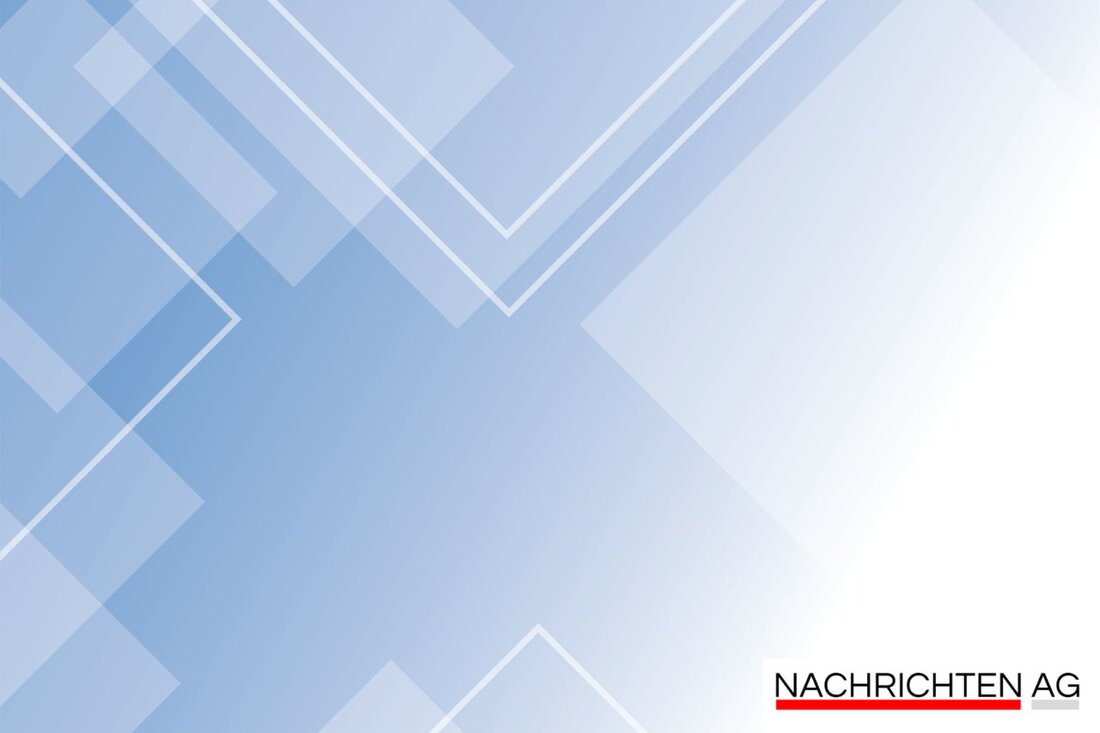Celebration in the technology garden: mining history and the new buddy death!

Celebration in the technology garden: mining history and the new buddy death!
Freital, Deutschland - When you roam through the picturesque landscape of the Erzgebirge, you get a little raving. But in this region, which is known for its impressive mountains, a dark story is also rooted - the time of uranium mining. This part of the past comes alive in the technology garden at Burgk Castle in Freital. The current cabinet exhibition entitled "On the shaft a red star" impressively documents the history of the uranium ore mining between 1947 and 1989.
20 years ago, the exhibition was opened with the aim of keeping the memory of the activities of Wismuth AG, which was active here from 1954. Over 230,000 tons of uranium were funded until they were closed in 1990 and transported to the east. This number makes bismuth the fourth largest uranium producer in the world and a central component of the Soviet nuclear industry in the German occupation area. The Soviet occupying powers wanted to exploit the uranium deposits as quickly as possible in the post -war period, regardless of people and nature, and so the mining facilities were carried out in strict confidentiality, often under military protection.
The exhibition "On the shaft a red star" will be visited by August 3 and offers a variety of Montan -technical exhibits, including an impressive tool, locomotives and even an 18 -ton part -cut machine. These exhibits come from the “Willi Agatz” mining company from Dresden-Gittersee and are close to the reality of the 1950s. A Highlight of the Steigerstube in Burgk Castle is a shield that shows the way to the edition of schnapps brands and soap, which tells an interesting anecdote from the time of the miners.
the buddy death and the mining moral
A particularly worthy of the mining life was the so-called "buddy death", a 32 percent schnapps that was sold as a "drinking brandy for miners". This was tax-free at a price of 1.60 GDR marks per liter via authorization certificates. Miners who worked underground received two liters every month, while their colleagues had to make do with one liter for days. In the event of a standards fulfillment or overfilling, the amount even increased. If you still want to enjoy this schnapps today, you can now buy it from online providers for around 60 euros.
The work in the mines was often dangerous. Thousands of miners suffered from dust flung or lung cancer; Around 40,000 cases were recognized as an occupational disease. Despite these risks, the mining state had a high appreciation in the region. In post -war, bismuth offered many privileges such as food rations and social benefits, which was a welcome source of income for many. People also experienced an economically poor time.
renovation and today's perspectives
Today most of the shafts are sealed, and memorial plates in the landscape are reminiscent of the former mining period. The region has changed a lot in recent decades; The federal government has invested over seven billion euros in renovation measures since the Wismuth locations were closed in 1991. By 2050, another two billion euros have been promised for this comprehensive renovation process in order to bring the endangered area back into shape. Accidents of work were common during active operation and the everyday life of the workers was heavily regulated. Today the region is viewed as a modern spa, which represents a remarkable change from a place once known as the "valley of death" to a place that offers new perspectives.
A visit to the Technikgarten at Burgk Castle is not only an exciting journey through time in an eventful past, but also a task for the future - the memories of the dangers, challenges and changes that uranium mining brought with it should never be forgotten. Who could not feel a touch of nostalgia in all of this, coupled with a look at the positive developments that now benefit the region?
| Details | |
|---|---|
| Ort | Freital, Deutschland |
| Quellen | |
